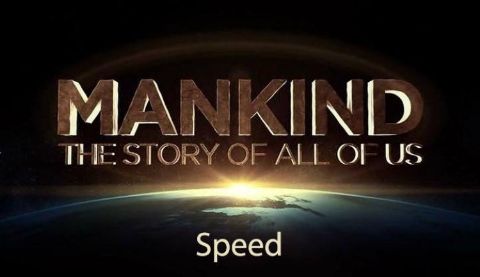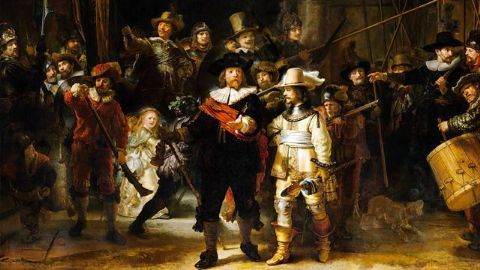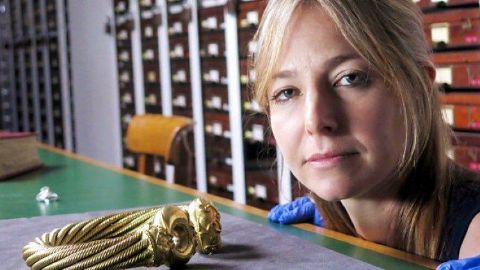How the Victorians Built Britain • 2018
Michael Buerk looks at the transformation of the nation during the Victorian era, telling the surprising stories behind famous landmarks and the hidden heroes behind epic constructions. He begins by revealing how the Victorians created public transport and sewerage systems. Michael Buerk looks at how the Victorians created what is now known as the modern home, exploring the huge rise in house-building during the period. He travels to Fakenham, Norfolk, to visit the last remaining gasworks in England, and discovers how the Victorians mastered the art of producing `town gas" from coal. He also investigates how the kitchen was transformed with the advent of gas cookers, as more complex meals including the Sunday roast steadily became the norm across the nation.
Make a donation
Buy a brother a hot coffee? Or a cold beer?
Hope you're finding these documentaries fascinating and eye-opening. It's just me, working hard behind the scenes to bring you this enriching content.
Running and maintaining a website like this takes time and resources. That's why I'm reaching out to you. If you appreciate what I do and would like to support my efforts, would you consider "buying me a coffee"?
Donation addresses
BTC: bc1q8ldskxh4x9qnddhcrgcun8rtvddeldm2a07r2v
ETH: 0x5CCAAA1afc5c5D814129d99277dDb5A979672116
With your donation through , you can show your appreciation and help me keep this project going. Every contribution, no matter how small, makes a significant impact. It goes directly towards covering server costs.





